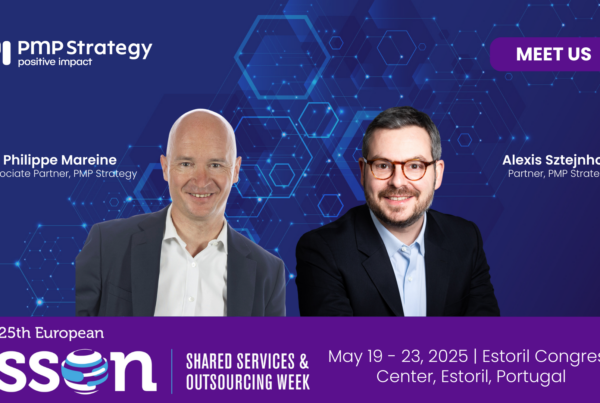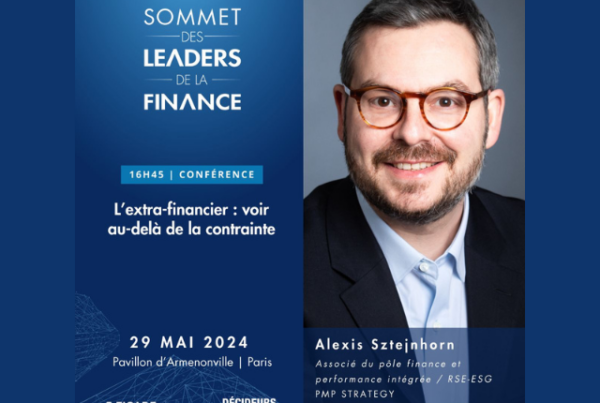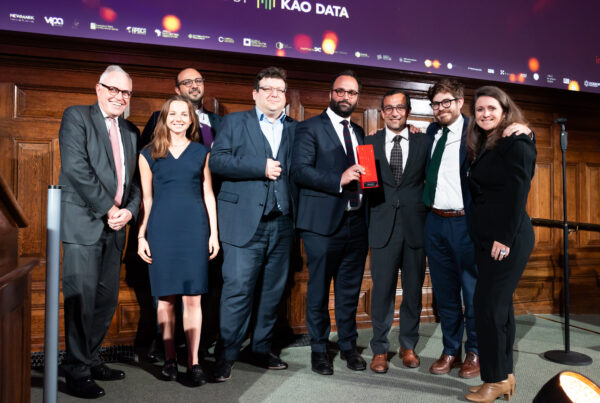Michel ten Donkelaar and Markus Mettler discuss the contributions of participatory innovation for companies, and return in particular to the BrainStore seminars, through the example of the one organized for Kraft.
FEEDBACK ON THIS CONFERENCE
When Michel ten Donkelaar was faced with the challenge of defining a long-term vision for the future of Kraft, whose culture was rather centered on short-term objectives, he had to take into account two key issues: making his employees aware changes in consumption patterns and future trends, the urgency of the development of the group, and ensure that this situation was properly integrated by management in its decisions. This is where the BrainStore initiative for Kraft started.
The BrainStore method of the “idea machine” is based on the principle that the process of generating ideas would benefit from being industrialized, and seeks to bring together individuals bringing different insights on the same theme to initiate innovation. One of the determining elements, explains Markus Mettler, is the constitution of the teams involved in the reflection, which must include three key profiles: the people whose presence is necessary for the realization of an idea (key decision-makers of a company which could block an idea in which they would not have participated), experts, and “catalysts”, who bring their freshness and a new perspective, especially young people.
In the case of Kraft, integrating young people into the process has been essential to get employees out of their comfort zone, in particular for senior management aged 40 to 50 who have seen the way in which new generations interact with the world and look towards new modes of consumption to imagine future trends. The idea was to understand what consequences market changes could have on the group’s strategy.
To embed the sense of innovation in Kraft’s culture over the long term, Michel ten Donkelaar ensured that the outputs of the BrainStore seminar, included in the group’s 10-year strategic plan, were integrated into a roadmap. detailed and can inform the various strategic decisions in the shorter term. Thanks to the strong involvement of employees in the process, adherence to strategic objectives was rapid and made it possible to engage the entire company in an innovation process.




